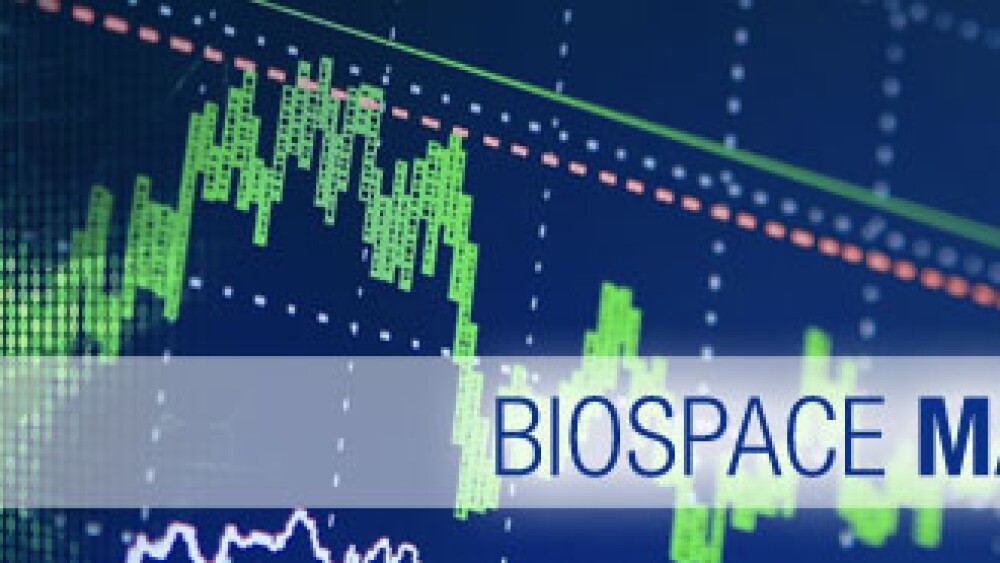October 31, 2014
By Riley McDermid, BioSpace.com Breaking News Sr. Editor
Biopharma giant AbbVie hasn’t been so burned by its recent failed acquisition of Irish firm Shire that it won’t keep looking for new targets, the company told analysts during a call Friday, said Mark Schoenebaum, a biotech analyst with ISI Group.
The two companies had announced in July of this year that they intended to merge. But AbbVie recommended in mid-October that shareholders reject the $55 billion deal after pressure from the Treasury Department over so-called “tax inversion” deals became untenable and the board agreed earlier this week.
The deal was also likely thwarted by a decision made by the Irish government Monday to close lucrative tax loopholes for foreign countries domiciled in Ireland.
Despite the jilting (and hefty $1.6 billion breakup fee that went with it ), Schoenebaum said AbbVie isn’t cold to the idea of other possible buys soon.
“Shire was unique in some ways (like inversion) and out of their ‘core’ M&A strategy,” he wrote in a note to investors, which quoted AbbVie executives as saying, “But AbbVie does have the ‘ability and willingness’ to be active if the target(s) make good ‘strategic sense and offer a good financial return.’ However, it’s ‘unlikely’ that ‘we’d do another $50 billion deal.’”
Shire stands to make $1.6 billion from a mandatory breakup fee paid by AbbVie (ABBV)—the third largest such fee paid in financial history.
In other areas, AbbVie remained tight-lipped with analysts, particularly on the topic of blockbuster arthritis drug Humira, which will lose U.S. patent protection in 2016.
“[AbbVie] would not directly answer price vs volume question for Humira in US, but said that we can all look at the total prescription data and figure it out (year-over-year sales growth was 25.3 percent and total prescriptions were up 14 percent, thus, price in the US was likely around 10 percent),” said Schoenebaum.
Schoenebaum said AbbVie continues to experience price “declines” outside of U.S., but management stressed that when viewed globally, they realized price impact of “mid-single digits.”





